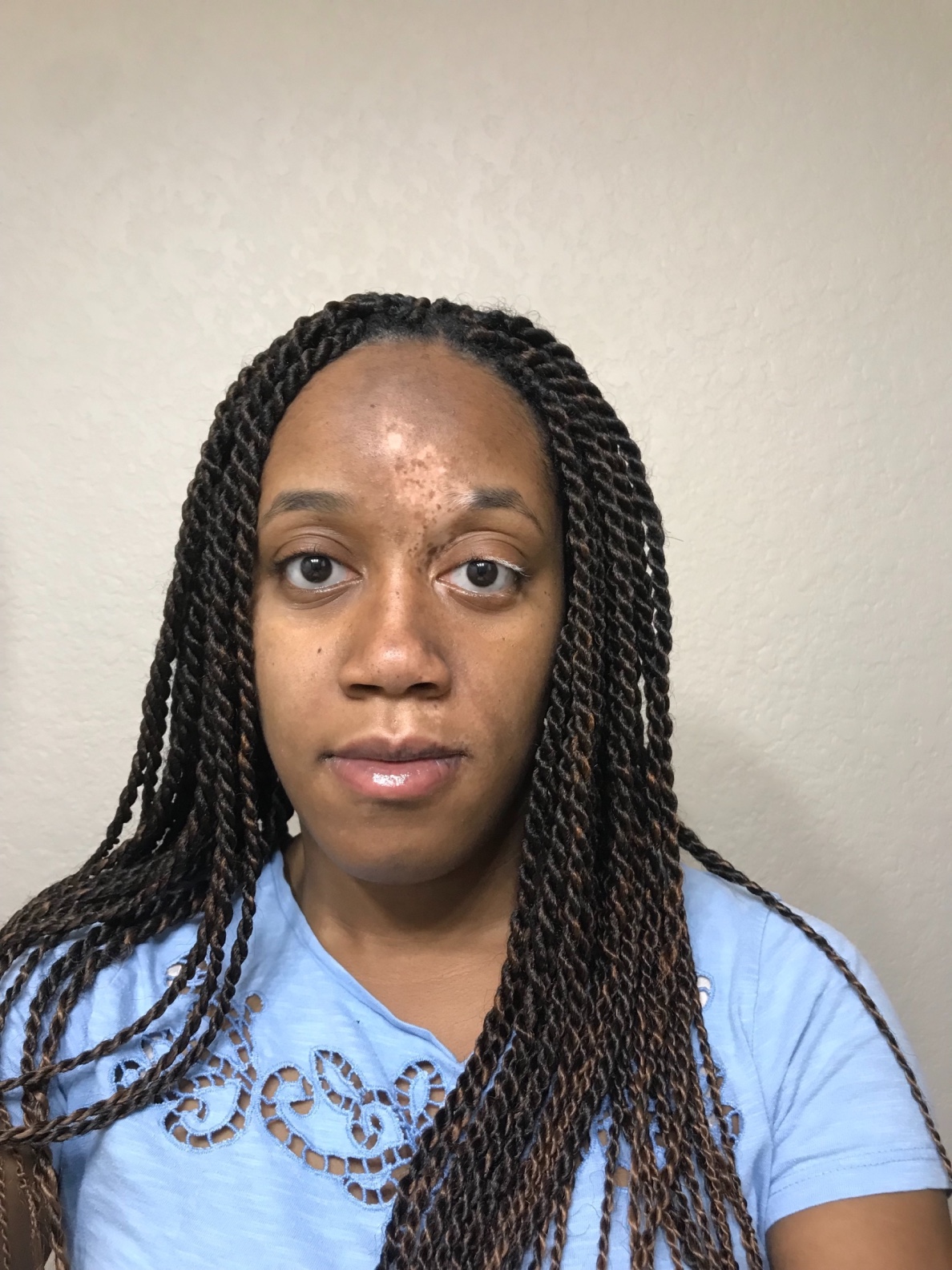Who was Ryan White?
Ryan White was a boy in Indiana who contracted HIV after a blood transfusion at the age of 13. Ryan experienced discrimination at school and had to fight to be allowed to attend. He passed away in April 1990, a month before he graduated high school. Prior to Ryan White, HIV/AIDS was largely seen as a problem restricted only to the gay community, and policymakers gave little attention to the crisis. Ryan White’s case challenged the dominant narrative at the time that the members of the LGBTQ+ community were the only ones at risk from the virus, and addressing the pandemic became a priority when it became clear that HIV/AIDS could affect anyone.
The Ryan White Comprehensive AIDS Resources Emergency Act
On August 18th, 1990, Congress enacted the Ryan White Comprehensive AIDS Resources Emergency (CARE) Act—the legislation that made the Ryan White Program—to increase the availability and quality of HIV treatment and care for people who have HIV and are of low-income. The Ryan White (CARE) Act was amended and reauthorized in 1996, 2000, and 2006. In 2009, it was reauthorized as the Ryan White HIV/AIDS Treatment Extension Act of 2009 (Public Law 111–87).
The Ryan White HIV/AIDS Program is the largest federal program specifically supporting people living with HIV in the United States, contributing to improvements in disease morbidity and life expectancy. The program gives support services and outpatient care to people and families that have been affected by the disease. It is administered by the HIV/AIDS Bureau (HAB) at the Health Resources and Services Administration (HRSA) of the Department for Health and Human Services (HHS), and services and programs are provided by sub-grantees and grantees at the local and state levels. In 2019, the federal government launched Ending the HIV Epidemic, which aims to lessen new HIV infection by 75% in five years and 90% in ten years. The Ryan White Program, and the HRSA which administers it, leads these efforts.
The Ryan White Program Clients
In 2019, The Ryan White Program gave services to around 568,000 people—more than half of all who have been diagnosed with HIV in the U.S. 88.1% of clients in 2019 achieved viral suppression, meaning they had fewer than 200 duplicates of HIV per milliliter of blood. This marked an improvement from the 69.5% that achieved viral suppression in 2010. In 2019, almost ¾ of Ryan White Program clients were from ethnic/racial minority populations:
- 46.6% Black/African American
- 23.3% Hispanic/Latino.
In that same year, 71.6% of clients were male, 26.2% were female, and 2.3% were transgender. 60.7% of Ryan White Program clients were living at or below the federal poverty level.
The Ryan White Program Parts
The Ryan White Program consists of five Parts that fund for medications, clinical training, support and medical services, technical assistance and the development and distribution of new HIV care strategies:
- Part A funds support and medical services to Eligible Metropolitan Areas (EMAs) and Transitional Grant Areas (TGAs), which are cities and counties that the HIV epidemic has affected the most. About 72% of all HIV-diagnosed people in the U.S. live in EMAs and TGAs.
- Part B gives funding to states and territories to improve the availability, quality, and organization of HIV support services and health care. All 50 states are recipients, as well as the District of Columbia, Puerto Rico, U.S. Virgin Islands, Guam, American Samoa, Republic of Palau, Republic of the Marshalls Islands, Commonwealth of the Northern Mariana Islands, and Federated States of Micronesia.
- Part C gives funds to local, community-based organizations so that they can provide full-scale essential HIV support services and medical care in an outpatient setting for people who have HIV. Part C also funds Capacity Development grants, which assist organizations in more successfully delivering HIV services and care.
- Part D gives funds to local, community-based organizations so that they can provide ambulatory, outpatient, family-oriented primary and specialty care for infants, kids, youth, and women with HIV.
- Part F funds support clinician training, technical support, and the development of new HIV care strategies to better health outcomes and lessen HIV transmission. These programs include-
- The AIDS Education and Training Centers (AETC) Program
- The Special Projects of National Significance (SPNS) Program
- The Minority AIDS Initiative
Two Part F programs center on funding oral health care for people who have HIV:
- The HIV/AIDS Dental Reimbursement Program (DRP)
- The Community-Based Dental Partnership Program
Pros of the Ryan White Program
Half a million Americans who live with HIV/AIDS are alive and well due in part to the resources that the Ryan White Program provides. More than thirty years after its inception, it is still the only federal program that has wide bipartisan support and is funded at $2.38 billion. The program recently received $90 million to address new COVID-19 issues in people who have HIV/AIDS.
Cons of the Ryan White Program
There are disagreements about the most effective distribution of funding. Currently, greater funding is allocated to cities that have the highest number of HIV cases. One of the highest risk demographics for HIV is incarcerated individuals. Therefore, cities that have large prisons tend to have the largest number of HIV positive individuals. Critics of the Ryan White Program argue that funding should be distributed in a manner that most benefits law abiding citizens suffering from the disease, which ultimately prioritizes certain demographics over others as opposed to relying solely on the number of HIV cases to determine funding.
Another source of contention is whether municipal or state governments should receive the funding allocated by the program. Large metropolitan areas with high HIV burdens benefit most when cities are funded. This is the common scenario in most northern states. However, in southern states the distribution of HIV cases is often highest in rural areas. In this scenario, it’s more beneficial for states to receive the funding as opposed to cities, since the HIV cases aren’t congested in one small area.



